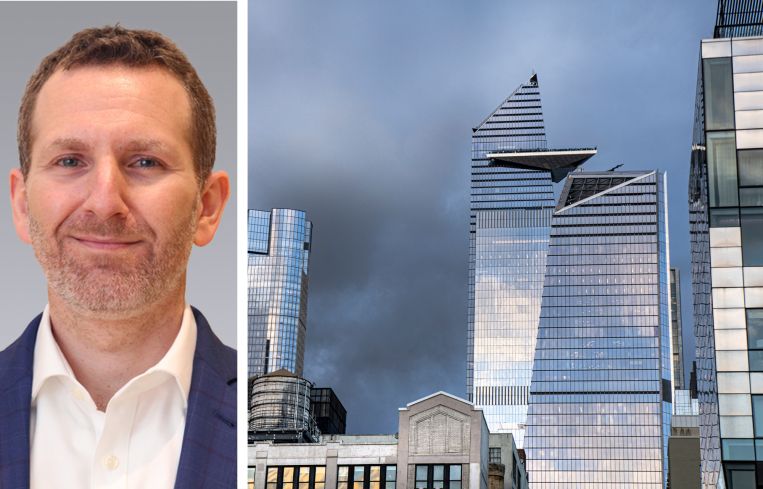Manhattan Office Market Nears Recovery From COVID With Strong Q1 Leasing: Report
By Isabelle Durso April 1, 2025 10:20 am
reprints
It’s been roughly five years since the beginning of the COVID-19 pandemic, and Manhattan’s office market is slowly but surely on the road to recovery, a new report confirms.
As the pandemic hit in 2020, Manhattan’s full-year leasing volume dropped more than 50 percent to roughly 19 million square feet, according to data from Colliers. Since then, the borough’s office market has seen some returning demand, hitting a full-year leasing volume of 33.3 million square feet by the end of 2024.
And that momentum has carried over into 2025, as leasing activity during the first quarter of the year reached 11.4 million square feet — Manhattan’s strongest quarterly volume since the fourth quarter of 2019’s 13.2 million square feet, according to Colliers. It’s also the borough’s fourth consecutive increase in quarterly leasing demand.
Manhattan’s top five leases of the first quarter included trading firm Jane Street’s expansion to nearly 1 million square feet at Brookfield’s 250 Vesey Street, the United Nations’ renewal for 425,190 square feet at 2 United Nations Plaza, media company Horizon Media’s 360,000-square-foot deal at 75 Varick Street, Universal Music Group’s new lease for 336,000 square feet at Penn 2, and law firm Mayer Brown’s expansion to 330,662 square feet at 1221 Avenue of the Americas.
But even with some strong leasing and demand in the market, Manhattan is still at an “oversupply of space” compared to March of 2020, and the market is “still trying to catch up” to the amount of leasing activity in 2019, according to Franklin Wallach, head of research at Colliers.
“Manhattan has always been such a complex and not homogenous market,” Wallach told Commercial Observer. “It’s not one size fits all, and there are pockets of the market that are much, much closer to recovery, and there’s other areas that are much further behind.”
Overall, Manhattan’s office availability rate decreased to 16.1 percent in the first quarter of this year from 16.5 percent during the fourth quarter of 2024, according to Colliers.
But in Midtown specifically, the availability rate dropped to 15 percent since the fourth quarter of 2024, as more and more companies look to the neighborhood thanks to its concentration of Class A office space and easy access to public transportation.
“Pre-pandemic, Midtown was looking at millions of square feet of tenants migrating to Hudson Yards, Midtown West, [Midtown] South proper, Lower Manhattan,” Wallach said. “That’s a very different story today. The combination of new construction in Midtown with Class A gut renovation to look and feel like new construction has really helped turn Midtown around.”
In addition, Manhattan’s average asking rent for office space increased during the first quarter of 2025 to $74.53 per square foot, following six consecutive quarterly decreases, according to Colliers.
Meanwhile, Lower Manhattan has “not yet caught up” to Midtown demand but did see 2 million square feet leased during the first quarter, mainly due to Jane Street’s expansion at 250 Vesey Street, Wallach said.
Similarly large deals could represent an “interesting turning point” for Lower Manhattan, even as the area’s availability rate expanded by about 72 percent since March 2020, Wallach added.
And while there’s still places to improve upon, this year’s first-quarter report shows signs of success in the office market since 2020, when the pandemic sent in-person workers home and left offices nearly empty.
The increase in leasing activity this year was largely thanks to a mix of industries seeking office space, such as technology, software, social media, artificial intelligence, law, financial services and media firms, Wallach said.
“One of the best things we can do to strengthen the New York economy is make sure that it appeals to a range of different industries, not just one key industry,” Wallach said. “And New York absolutely has.”
Isabelle Durso can be reached at idurso@commercialobserver.com.



